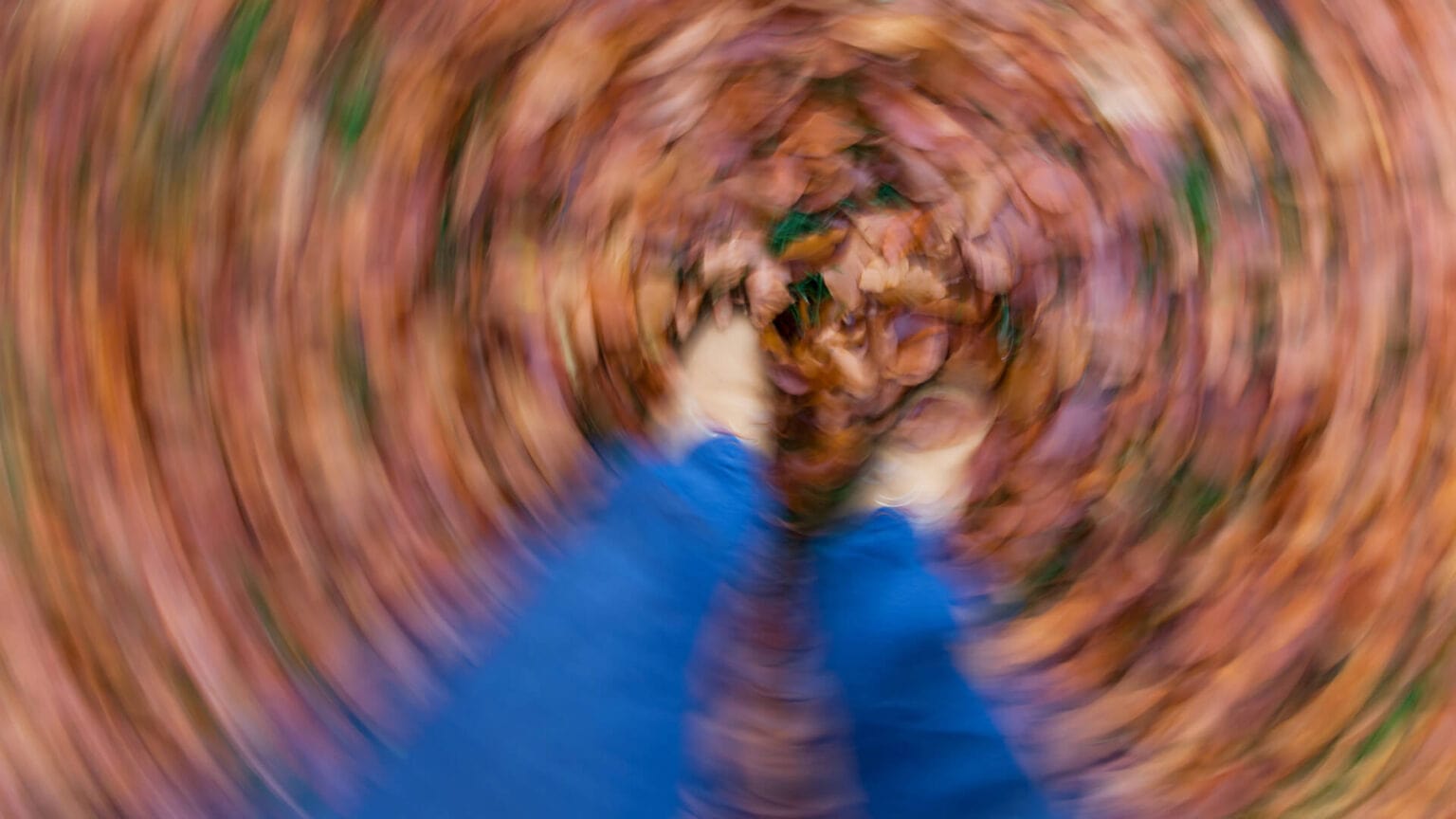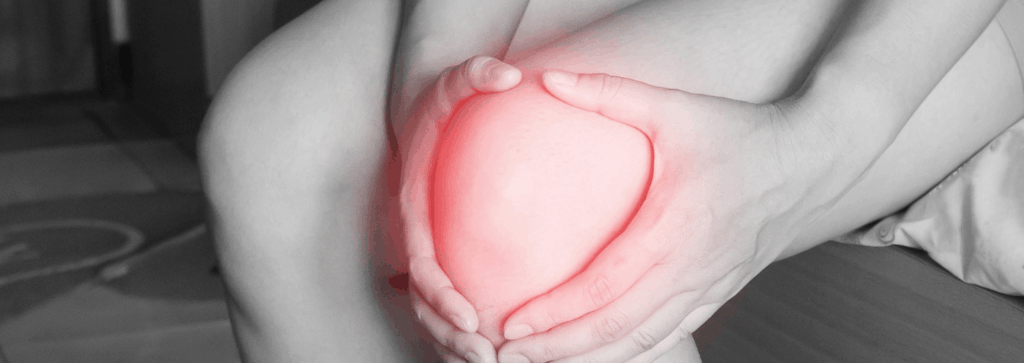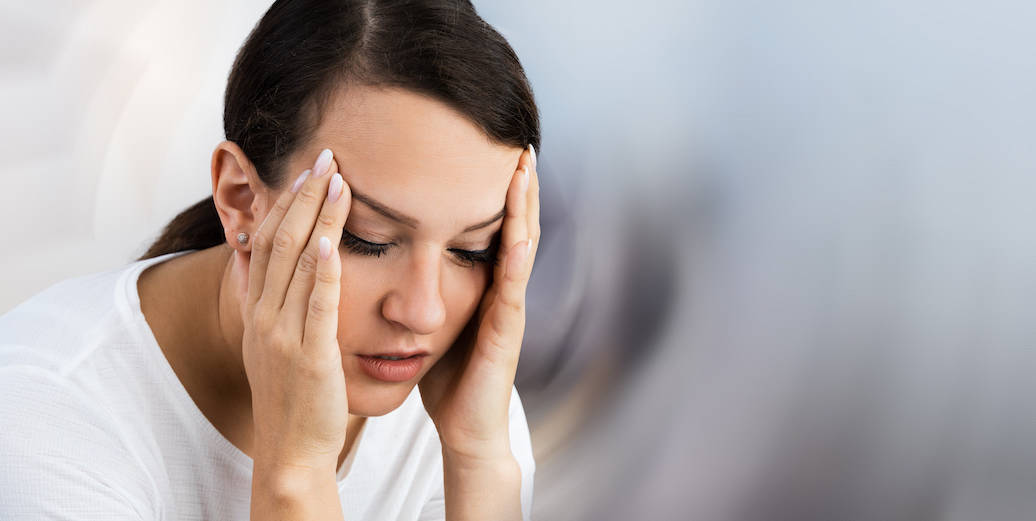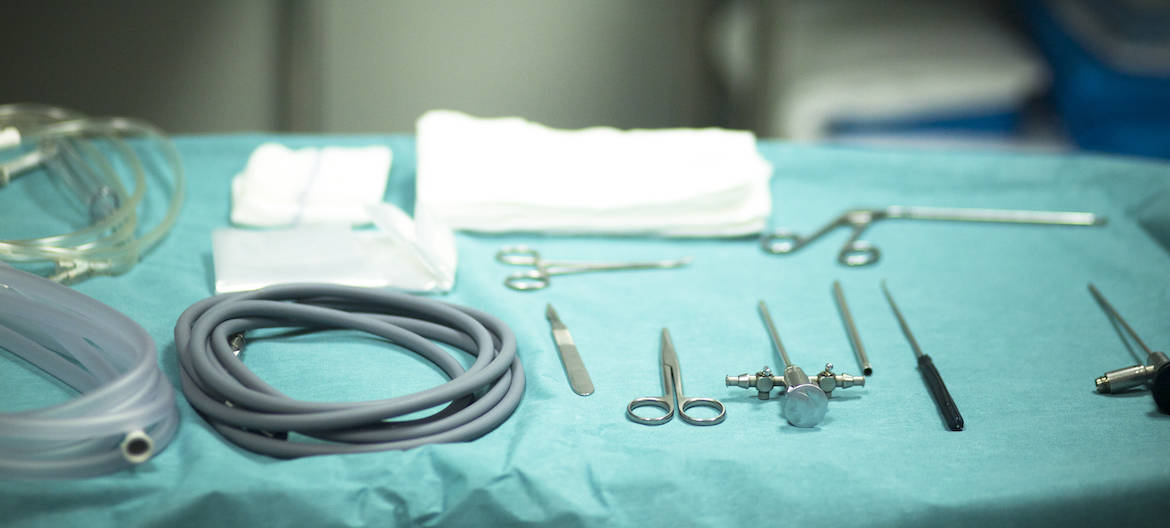Kimberley Wilson has writen this blog on a condition that is very common amongst volleyballers, basketballers and kangaroos.
Do you feel pain at the front of your knee?
Are you involved in a running or jumping sport, dancing, skiing or gymnastics?
If you have a painful tendon problem, you might find it useful to download our free guide ‘25 Tendon Facts To Help Solve Your Tendon Pain‘ – you can get it here.
One possible reason is that you may have a condition known as jumper’s knee or patellar tendinopathy.
The patellar tendon connects the knee cap (patella) to the shin bone (tibia) and is involved in extending (straightening) the leg.
Problems can occur when this tendon gets overloaded without adequate time to rest and repair – the classic tendinopathy scenario.
Who does patellar tendinopathy affect?
Patellar tendinopathy usually affects athletes involved in jumping sports such as basketball, volleyball, soccer, football, as well as running, tennis, dancing, gymnastics and skiing.
In the older population, the main cause of patellar tendinopathy is the result of changes within the tendon which result from repetitive micro-trauma over time.
Occasionally patients develop patellar tendinopathy after having an acute injury to the tendon, and not allowing adequate healing.
This type of traumatic patellar tendinopathy is much less common than overuse syndromes.
It is also important to remember that there can be other ‘systemic’ influences which can predispose you to a tendon problem, e.g. rheumatoid arthritis and diabetes.
What does patellar tendinopathy feel like?

Patella tendinopathy results in pain at the front of the knee, just below the knee cap (see the diagram).
Often pain is on initial activity after a period of rest.
This ‘warm-up pain’ fades during activity so that you can often continue to exercise.
With continued use and no management strategy, this can develop into ongoing pain, swelling of the tendon, tenderness and restricted range of movement.
Activities that can make you feel pain in patellar tendinopathy
- standing from sitting
- stairs
- stop-and-go sports like running, soccer, or tennis
- over-training
- poor foot wear
- jumping improperly or poor running technique could also have some involvement.
How do you diagnose patellar tendinopathy?
Physiotherapists are in an ideal position for diagnosing these problems.
A physio will look at your movement patterns, isolated and functional strength and joint movement.
In conjunction with the history of your problem and recent activity levels they will be able to make this diagnosis.
Sometimes imaging may be indicated. US or MRI can be useful but generally the results do not change management.
Treatment
Treatment of any tendinopathy involves the management of load first and foremost.
Initially, modifying activity levels may be necessary.
Sometimes it is worthwhile making changes to biomechanics and movement patterns, though experts agree that load management and graded loading is usually more important.
It is important to say that rest and avoidance will not fix the injury.
A specific program of tendon loading needs to be developed.
Its function is to progressively strengthen the tendon.
It is followed by reintroduction to functional loading and return to normal activities or sport.
The rehabilitation of patellar tendinopathy needs to be monitored and progressed appropriately.
This information is covered in more detail in our FREE GUIDE ’25 Tendon Facts To Help Solve Your Tendon Problem’ – you can get it here.
You don’t want it to take longer than required……BUT equally you don’t want the progressions made too quickly before tendon adaptation has occurred and run the risk of relapse.
If you need help with patellar tendinopathy or any other tendon pain, why not give us a call and have a chat with one of our physios on 8356 1000 or make an appointment to get started with your recovery.















